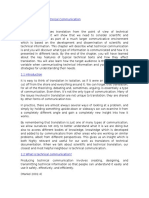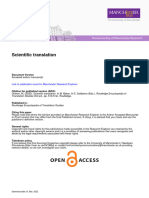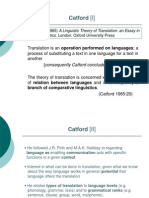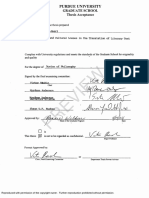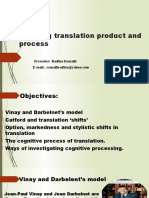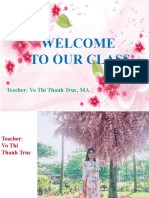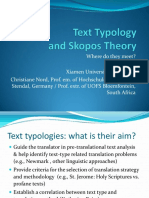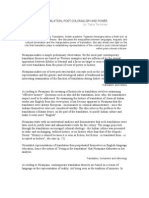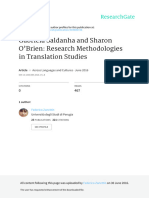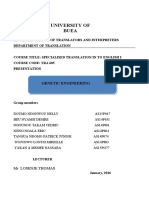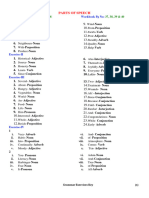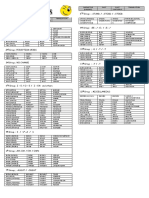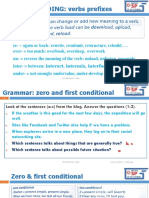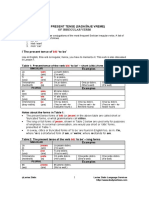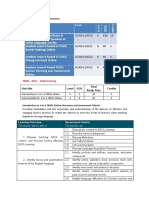0% found this document useful (0 votes)
236 views5 pagesUniversity of Buea: Advanced School of Translators and Interpreters
The document discusses the importance of technical translation as a discipline. It is estimated that 90% of annual translations are technical due to the need for technical information in various languages. Technical translation aims to make specialized information accessible to target audiences in a consumer-friendly way. The roles and goals of technical translation are explored, as well as approaches like equivalence, functionalism, and relevance.
Uploaded by
paddyCopyright
© © All Rights Reserved
We take content rights seriously. If you suspect this is your content, claim it here.
Available Formats
Download as DOCX, PDF, TXT or read online on Scribd
0% found this document useful (0 votes)
236 views5 pagesUniversity of Buea: Advanced School of Translators and Interpreters
The document discusses the importance of technical translation as a discipline. It is estimated that 90% of annual translations are technical due to the need for technical information in various languages. Technical translation aims to make specialized information accessible to target audiences in a consumer-friendly way. The roles and goals of technical translation are explored, as well as approaches like equivalence, functionalism, and relevance.
Uploaded by
paddyCopyright
© © All Rights Reserved
We take content rights seriously. If you suspect this is your content, claim it here.
Available Formats
Download as DOCX, PDF, TXT or read online on Scribd
/ 5

